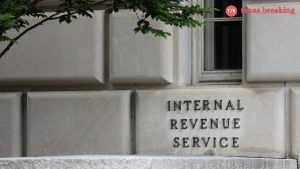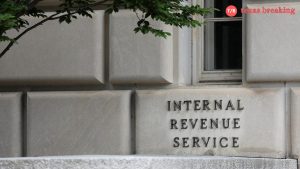
Students may face the hassle of borrowing loans.
After a three-year pause, students’ monthly payments could restart as early as this summer. The loan system is still operating under the same budget this year, which may complicate any actions to make sure the refund process goes smoothly, as well as the office’s plans to maintain the system.
Last December, Congress approved the government’s annual budget, and the Federal Student Aid office saved up roughly $800 million less than what the Biden administration had appealed for. The Federal Student Aid office, which has approximately 1,400 workers and provides about $112 billion in grant, work-study, and loan funds annually, hauls a bunch on its plate.
READ ALSO: 460K Checks To Be Issued by California and Has Extended Its Inflation Relief Payments
The office oversees the $1.6 trillion federal student loan portfolio but maintains additional work to rebuild the federal student aid application form, known as the FAFSA.
Senior director Michele Shepard of college affordability at The Institute for College Access and Success, thinks certainly a number of the office priorities will either not get done on time that they had initially hoped for, or not get done at all.
The department said in a statement sent to CNN, “The several hundred-million-dollar shortfalls will of course have an impact on these important bipartisan priorities, but we will continue to do everything we can with the available resources to better serve students and protect taxpayer dollars.”
But the Department of Education speaks up it can still fulfill the timelines it has set. Nonetheless, that signifies the Federal Student Aid office would be doing plenty of work with smaller money.
Here are some of the tasks they will be expected to embark on this year:
1. Student loan payments of 44 million people may resume
Since March 2020, federal student loan borrowers have not had to make any payments because of the pandemic.
2. Potential student loan forgiveness
Biden’s student loan forgiveness program, which could deliver up to $20,000 of debt relief for millions of low-and middle-income borrowers will be rolled out in late February, at the Supreme Court.
3. Overhauling student loan repayment plans
The Biden administration has goals to overhaul some of its student loan compensation programs and the Federal Student Aid office is charged with rolling those out.
4. Updating and processing FAFSA forms
Every year, the Federal Student Aid office processes millions of FAFSA applications from students. Generally, the form is discharged in October for the following academic year.
The office was presumed to have had the changes already accomplished, but the effective date was pushed back by a year.





